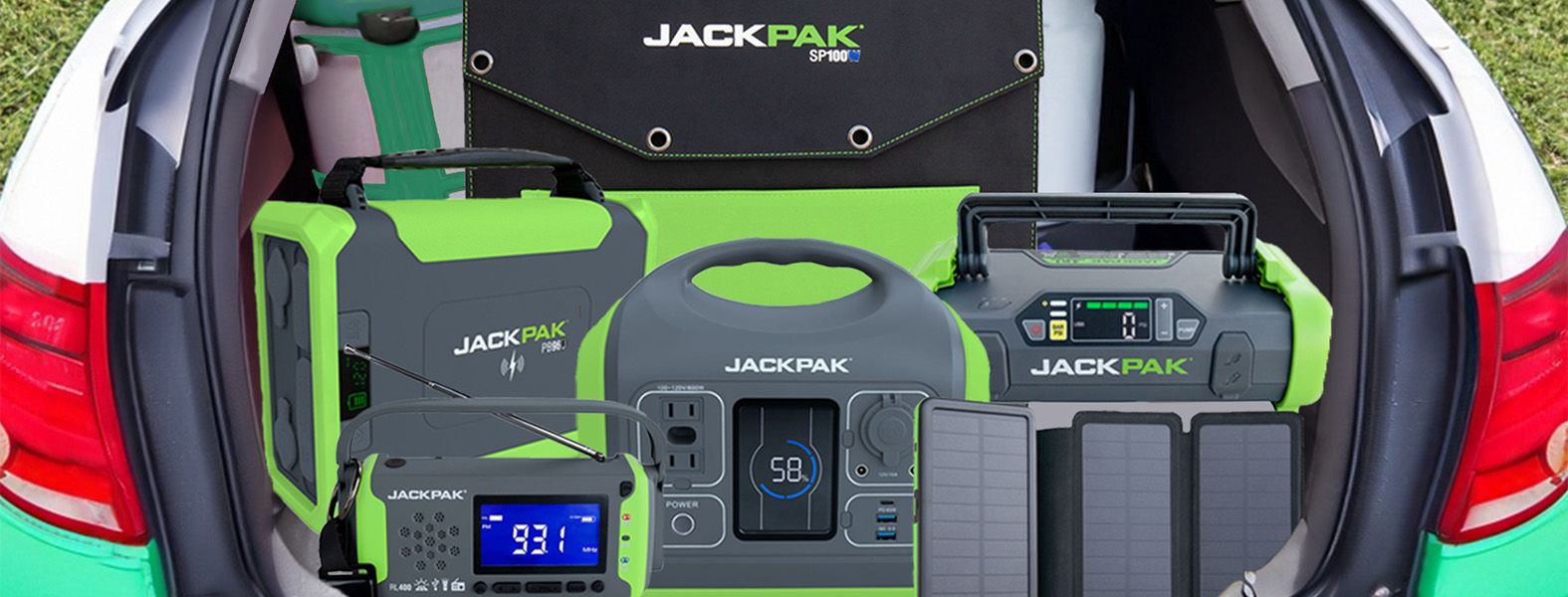Essential Car Emergency Kit Items


Are you ready for anything when you roll out of your driveway for work in the morning, or when you leave to pick the kids up from soccer practice? You might not be as prepared as you think. Here are 10 ways to stay ready for common vehicle problems and stay safer when you’re stuck on the side of the road.
- SPARE TIRE / JACK AND STAND / LUG WRENCH
This may seem like three things, but you can’t really make use of one without the others. If you get a flat, you’ll need to remove your old wheel with your lug wrench and attach the new spare. The spare should get you to the nearest auto shop for a full tire swap or patch. Of course, you can always call for a tow or AAA, but that might not be an option if you’re in a remote location.
Additionally, there’s some extra knowledge you need to bring to the table before you attempt to change your own tire. You have to know how to position the jack, set the stand and replace your lug nuts (in a star pattern).
- JACKPAK PORTABLE POWER PACKS
It’s easy enough to cover four items with the ULTRA2500A. It includes a car battery jump starter kit, an air compressor, an LED flashlight, and a universal USB charger. All of this is packed into a single rechargeable unit that can be held in one hand.
- FIRST AID KIT
First aid kits can be purchased from the American Red Cross. They’re not expensive, but you can also use those kits as a reference and purchase the materials separately. Most first aid kits should include bandages, antibacterial wipes, gauze, ice/heat packs, sterile gloves, etc. You don’t have to get fancy about it.
- WATER BOTTLES
Water is probably the smartest and easiest thing to keep around. Water bottles are useful during non-emergencies too. Maybe you’re just thirsty and don’t want to stop at a gas station. Of course, if you find yourself roadside waiting for a tow on a hot day, water can be life-saving. Dehydration is a dangerous killer, so keep a supply of water on-hand as an easy way to prevent it!
- WINDOW BREAKER & BELT CUTTER
A window breaker multi-tool is not for daily use. Purely an emergency-situation tool, it’s best kept nearby in a glove compartment or somewhere it can be reached if your vehicle is flipped over or has been in a bad collision. If you can’t get out of your vehicle in the normal way, this tool just might save your life.
- REFLECTIVE TRIANGLE CONE
If you have to pull over at night or on a busy freeway, you want to ensure other drivers are aware of you. Hazard lights are a good first line of defense, but a reflective cone provides an additional layer of protection. The earlier others see you, the better. It acts just like the reflective construction materials you need on the road. These cones are inexpensive, lightweight and portable.
- BLANKETS
There are different ways to approach this one. Emergency blankets are a good option, but so are regular old blankets. Instead of throwing them away, reuse them as emergency items in your vehicle. In winter climates, blankets and/or a sleeping bag may be the difference between life and death if you get trapped on the road.
- NONPERISHABLE FOOD
This one should be fairly obvious. You’re going to want food that could last a while without going bad, and it’d be a good idea if it is a high-energy food, like unsalted nuts. Dried fruit is also a good idea.
- PEPPER SPRAY
Man or woman, young or old, few perpetrators ever expect to be maced or pepper sprayed. If you’re at a stoplight and someone tries to carjack you, the pepper spray on your keychain, console or glove compartment might be your ticket to safety. Always use common sense in the face of danger.
- VEHICLE OWNER’S MANUAL
Keep the owner’s manual to your vehicle in your glove compartment or center console. Whether it’s an engine malfunction or other indicator, your manual can help with your next steps.



